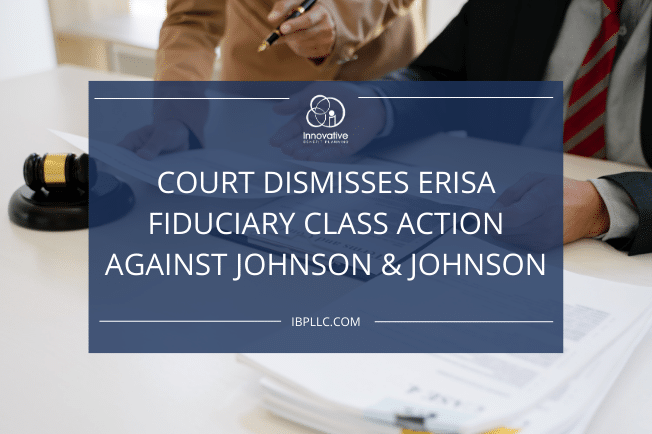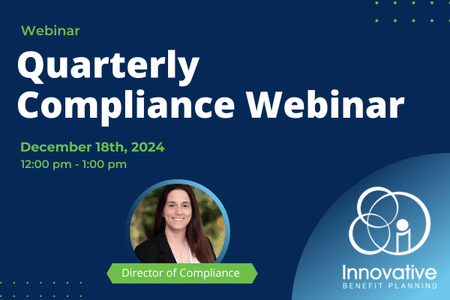On September 5, 2013, the IRS issued proposed rules implementing the information reporting requirements under Code Sections 6056 and 6055. These proposed rules reflected a potential massive and duplicative amount of paperwork required by employers to comply with the reporting requirements of PPACA.
On March 10, 2014, the IRS issued final regulations. The IRS indicated that its intent is to streamline the process for reporting duplicate information required by Sections 6055 and 6056. These final regulations have provided some streamlining of the process, but the requirements remain very complex.
These requirements will require many employers to modify their payroll and benefits systems beginning January 1, 2015. 2015 is the first year reporting is required.
Who Must Report to Whom?
Under Section 6056, applicable large employers must report to the IRS and employees. Section 6056 reporting only applies to applicable large employers (generally employers with 50 or more full-time employees).
Section 6055 requires insurers and employers that are self-insured to report minimum essential coverage information to the IRS and to the individuals named in the report.
The proposed regulations would have required two separate filings for Section 6056 and 6055. The final regulations create a single consolidated form for information reporting for self-insured plans.
Transitional Relief
The final regulations provide transitional relief by extending the first year for which reporting is required from 2014 to 2015. Mid-sized employers (50-99 full-time and full-time equivalent employees) must comply with reporting requirements for 2015, even though mid-sized employers are not subject to the sanctions under PPACA until 2016.
Section 6056 Reporting
An employer can use third parties to submit the filing, e.g., other members of the controlled group or outside vendors. However, this does not eliminate the applicable large employer’s liability for failure to file, untimely filing, or improper filing. Also, the employer must still sign the return.
A filing must be made for each applicable large employer even if the employer is a member of a controlled group
Information to Be Reported To the IRS
Basically, under 6056 the information to be reported to the IRS is as follows:
• The employer’s name, date and EIN (Employer Identification Number).
• Name and telephone number of a contact person.
• The calendar year for which the information is reported.
• A certification of whether the employer offers its full-time employees and their dependents the opportunity to enroll in “minimum essential coverage” under an eligible employer-sponsored plan per calendar month.
• The number of full-time employees the employer has for each month during the calendar year.
• The name, address and TIN (Tax Identification Number – usually, this is the Social Security Number) of each full-time employee employed by the employer during the calendar year and the months during which the employee and any dependents were covered under health benefit plans sponsored by the employer.
• Each full-time employee’s share of the lower-cost monthly premium for self-only coverage providing minimum value offered to the full-time employee, by calendar month.
• Any other information required by the forms or instructions.
Section 6055 Reporting
Section 6055 reporting is required for plan sponsors of self-insured plans, insurers and other entities that provide minimum essential coverage to an individual. Notably, the entities do not have to be an applicable large employer. The report is only made if minimum essential coverage is being provided. Therefore, if an employer is a small employer that provides insured coverage, no Section 6056 or 6055 filing will be required by the employer.
The information that is to be reported for Section 6055 is similar, but less extensive, to the information required for 6056. The information required generally is as follows:
• The name, address and TIN of the primary insured, the name and TIN of each other individual obtaining coverage under the policy.
• The months during which the individual is covered for at least one day.
• Any other information required by the instructions.
• If health insurance coverage is through an employer-provided group health plan, the return must also contain the following information:
- The name, address and EIN of the employer maintaining the plan.
- Any other information the IRS may require to administer the new tax credit for eligible small employers under Code Section 45(R).
Simplified Alternative Reporting
The final regulations provide simplified reporting alternatives. The two main requirements for being allowed to use the simplified reporting alternatives are as follows:
• The offer must be of minimum essential coverage providing minimum value at a self-only cost not in excess of 9.5% of the federal poverty level, and
• Minimum essential coverage must be offered to the employee’s family, i.e., spouse and children.
Actual Reporting
A single, consolidated two-part form intended to simplify the process is used for both 6056 and 6055. Large self-funded employers complete both parts of the form. Other employers and insurers complete their respective portions of the form. The form is used to report both to the IRS and the individual. The IRS is expected to provide a draft of the forms soon.
Electronic filing with the IRS is required for all high volume filers, i.e., filers with 250 or more returns of any type during the calendar year. In addition, employee statements can be provided electronically if the general Department of Labor guidelines for electronic reporting are followed.
When Are the Forms Due?
The forms are due to the individuals January 31 of the year following the reporting year. Therefore, for the 2015 information, the form must be provided to individuals by January 31, 2016.
The form must be filed with the IRS by February 28 of the year following the reporting year if filed by paper. If the filing is electronic, the form is due by March 31 of the following year. The form is filed on a calendar year basis regardless of the plan year or corporate/business year.
For more information on the 6055 and 6056 Reporting Requirements, please Contact Us!











